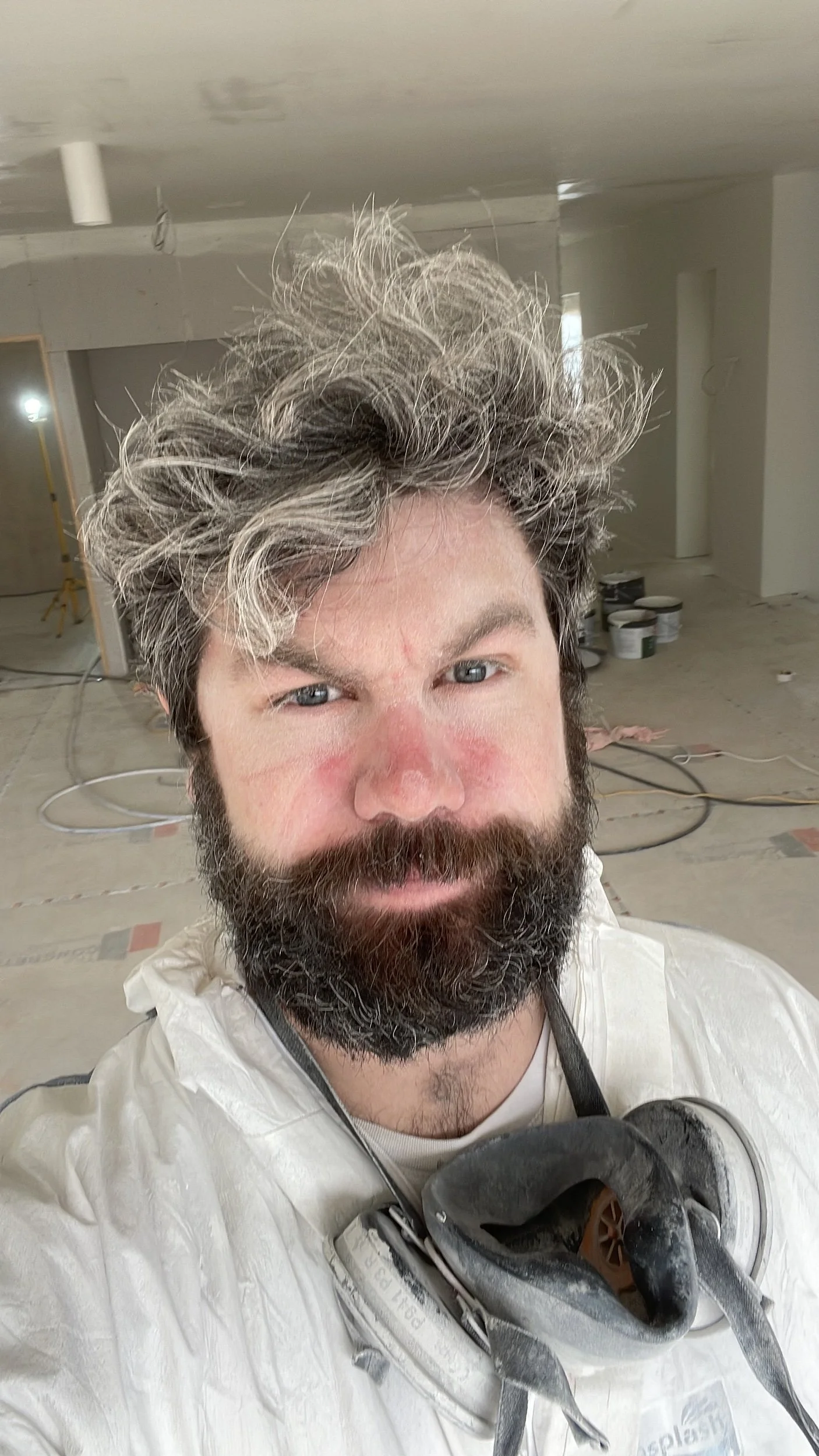How to price a job
Pricing up a decorating job can be a tricky task, especially when there are many variables and unknowns involved. These variables can include factors such as drying times, the amount of repair work needed, and the specific requirements of the client. However, there are several steps that decorators can take to ensure that they price up the job accurately and fairly. In this blog post, we'll explore some of these steps in more detail.
Step 1: Assess the Job Requirements
Before pricing up any job, it's important to assess the requirements of the job in detail. This will involve looking at the specific surfaces that need to be decorated, the type of paint or finish that will be used, and any additional materials or equipment that may be required. It's also important to consider the level of preparation work that will be needed before any painting or decorating can take place. This might include filling in cracks or holes, sanding down surfaces, or applying a base coat.
Step 2: Estimate the Time Needed
Once you have a clear understanding of the job requirements, you can begin to estimate the amount of time that will be needed to complete the job. This will include both the time spent on preparation work and the time spent on painting or decorating. It's important to be realistic when estimating the time needed, taking into account factors such as drying times and the need for multiple coats of paint.
Step 3: Consider the Cost of Materials
In addition to estimating the time needed, it's also important to consider the cost of materials. This will include the cost of paint, brushes, rollers, and any other materials or equipment that will be needed to complete the job. It's important to factor in any waste that may occur during the job, as well as any additional materials that may be needed if the job requirements change.
Step 4: Account for Unknowns
When pricing up a job that has many variables and unknowns, it's important to account for these uncertainties in your pricing. This might involve building in a contingency fund to cover unexpected costs or adding a premium to the overall price to account for the added complexity of the job. It's important to communicate any uncertainties or unknowns to the client upfront so that they are aware of the potential for additional costs.
Step 5: Review and Adjust
Once you have priced up the job, it's important to review your estimate and adjust it as needed. This might involve going back over your calculations to make sure that you haven't missed any costs or time estimates. It's also a good idea to get a second opinion from a colleague or mentor to ensure that your estimate is fair and accurate.
When it gets complicated for us it’s not uncommon to go back to the customer and state just that. They generally understand , we will often start a job on the basis we are doing a £ day rate for an estimated x-x amount of days + materials and do an open book policy with our customers .. this means you can get the work often rather then loose the job and the customer is paying exactly what the job costs rather then us panicking and doubling what you think it’s going to cost and alienating the customer with a too high or too low cost .
In conclusion, pricing up a decorating job that has many variables and unknowns can be a challenging task. However, by following the steps outlined above, decorators can ensure that they price up the job accurately and fairly. By assessing the job requirements, estimating the time needed, considering the cost of materials, accounting for unknowns, and reviewing and adjusting their estimate, decorators can provide clients with a clear and transparent pricing structure that reflects the complexity of the job.

